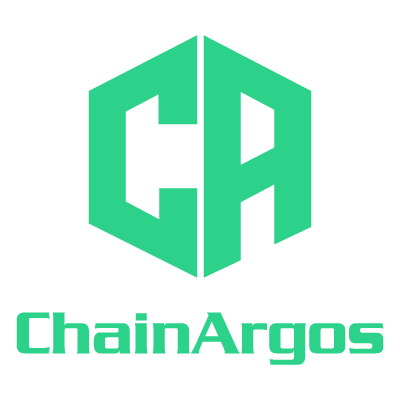Introduction
Scroll positions itself as a “security-focused scaling solution” for the Ethereum blockchain network and the Layer 2 blockchain was launched to much fanfare in October 2023, promising to deliver faster transaction speeds and lower costs.
In October 2024, Scroll announced the launch of its native token SCR as its “first step toward decentralization.”
The SCR token has several uses, including for the payment of transaction fees and the deployment of smart contracts on the Scroll Layer 2 blockchain.
In addition to being used for transaction fees, SCR tokens also serve as an incentive mechanism on Scroll. Validators and network participants responsible for securing and validating transactions on the Scroll Layer 2 blockchain receive SCR tokens for their efforts.
SCR token holders can also participate in decision-making processes regarding the Scroll Layer 2 blockchain’s upgrades, protocol changes, and other governance matters affecting the network.
This case study will explore Scroll’s promised SCR token allocations, analyze if the team behind Scroll stuck to their promises, and uncover any potential trading signals based on the SCR token distribution.
In summary, the published free float for SCR tokens (i.e. the unfettered SCR tokens available for sale) is more than the actual amount of SCR tokens currently available on the market.
Over 52 million SCR tokens (at the time this case study was prepared) remain available to be released into the market, that could materially impact SCR’s token price.
Savvy traders will want to watch two specific Scroll stakeholder wallets to look out for SCR token liquidity entering the markets, which provides a potentially strong sell signal.
SCR Token Allocation
The SCR token allocation is relatively straightforward. A total of 1 billion SCR tokens is intended to be distributed to stakeholders as follows:
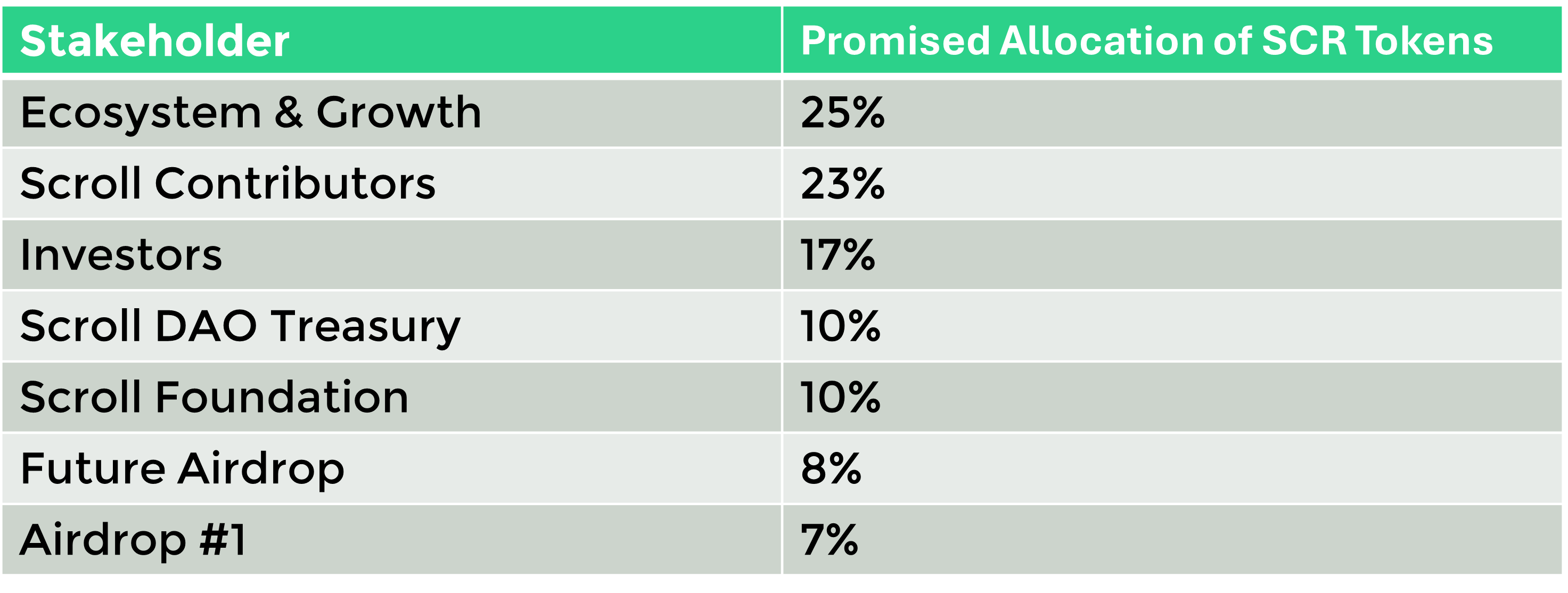
However, Scroll doesn’t provide the blockchain addresses where the SCR tokens are distributed to, so a good place to start figuring out where everything goes is by analyzing the largest senders and receivers of the SCR token.

Figure 1. Largest Senders of the SCR token.

Figure 2. Largest Receivers of the SCR token.
From the largest senders and receivers of the SCR token, the main distributor of the SCR token was quickly identified.
A total of 1 billion SCR tokens were minted from the NULL address with the SCR Distributor2 acting as the sole receiver and distributor of the minted SCR tokens, as show in Figure 3.
20xf53d8f47cbe9a40b82759766f39fe9863db0a559

Figure 3. Largest Inbound and Outbound Counterparties for the SCR Distributor.
Ecosystem & Growth (“E&G Address”)
The E&G Address3 received 250,000,000 SCR tokens, consistent with the 25% of SCR tokens allocated for Ecosystem & Growth.
30xee198f4a91e5b05022dc90535729b2545d3b03df

Figure 4. Largest Inbound and Outbound Counterparties for the E&G Address.
Scroll Contributors (“SC Address”)
The SC Address4 received 229,481,273 SCR tokens, which is approximate to the 23% of SCR tokens promised to Scroll Contributors.
40x212499e4e77484e565e1965ea220d30b1c469233

Figure 5. Largest Inbound and Outbound Counterparties for the SC Address.
Scroll Investors (“SCR Investors”)
The SCR Investors5 received 170,518,727 SCR tokens, which is approximate to the 17% of SCR tokens promised to investors.
50x206367ebd1fb54f4f33818821feab16f606eebb7

Figure 6. Largest Inbound and Outbound Counterparties for SCR Investors.
Airdrops
The Airdrops Address6 received 150,000,000 SCR tokens, consistent with the 15% of SCR tokens allocated for Airdrops.
60x86e3730739cf5326eeba4cb8a2bf57dd91a2e455

Figure 7. Largest Inbound and Outbound Counterparties for Airdrops Address.
DAO Treasury
The DAO Treasury7 received 100,000,000 SCR tokens, consistent with the 10% of SCR tokens allocated to the Scroll DAO Treasury.
70x4cb06982dd097633426cf32038d9f1182a9ada0c

Figure 8. Largest Inbound and Outbound Counterparties for the DAO Treasury.
Given the DAO has yet to be formed, there were no outflows of SCR tokens from this address at the time this case study was prepared, which confirms the DAO Treasury has been correctly identified.
Scroll Foundation
The Scroll Foundation8 received 100,000,000 SCR tokens, consistent with the 10% of SCR tokens allocated to the Scroll Foundation.
80xff120e015777e9aa9f1417a4009a65d2eda78c13

Figure 9. Largest Inbound and Outbound Counterparties for the Scroll Foundation.
Unlike the DAO Treasury, the Scroll Foundation has an “unlock” schedule for SCR tokens, which is managed manually.
This is why it is possible to distinguish the Scroll Foundation from the DAO Treasury even though both wallets receive the same number of SCR tokens.
Unlike the DAO Treasury, there are outflows of SCR tokens from the Scroll Foundation and this distinguishes the Scroll Foundation address from the DAO Treasury address.
Where do the SCR tokens go next?
Now that we’ve established the blockchain addresses for the various stakeholders, let’s see where the SCR tokens go next.
According to Scroll’s blog, “5.5% of the total SCR token supply is allocated to participate in Binance Launchpool and Pre-Market on the launch of the SCR” and this is confirmed by the transfer of 54,999,999 SCR tokens from the E&G Address to Pre-Market Launch.9
90xa2fff41c023d3f3c259206397fa0df7dcecc3955

Figure 10. Largest Inbound and Outbound Counterparties for the Pre-Market Launch address.
Pre-Market Launch then sends its entire allocation of 54,999,999 SCR tokens to Binance Launchpool10 which appears to distribute SCR tokens to various investors.
100x687b50a70d33d71f9a82dd330b8c091e4d772508

Figure 11. Largest Inbound and Outbound Counterparties for the Binance Launchpool address.
At the time this case study was prepared, the Binance Launchpool held approximately 78 million SCR tokens, which is more than the 54.9 million SCR tokens received from the Pre-Market Launch.
The additional inflows to the Binance Launchpool came from blockchain addresses previously identified as Binance deposit addresses and so it is reasonable to infer that the Binance Launchpool is Binance’s hot wallet on the Scroll blockchain.
Overview of SCR Token Wallets
Now that we know where all the SCR tokens are, we can determine their actual free float because hidden pockets of SCR token liquidity will likely have an impact on price if they are released into the markets.
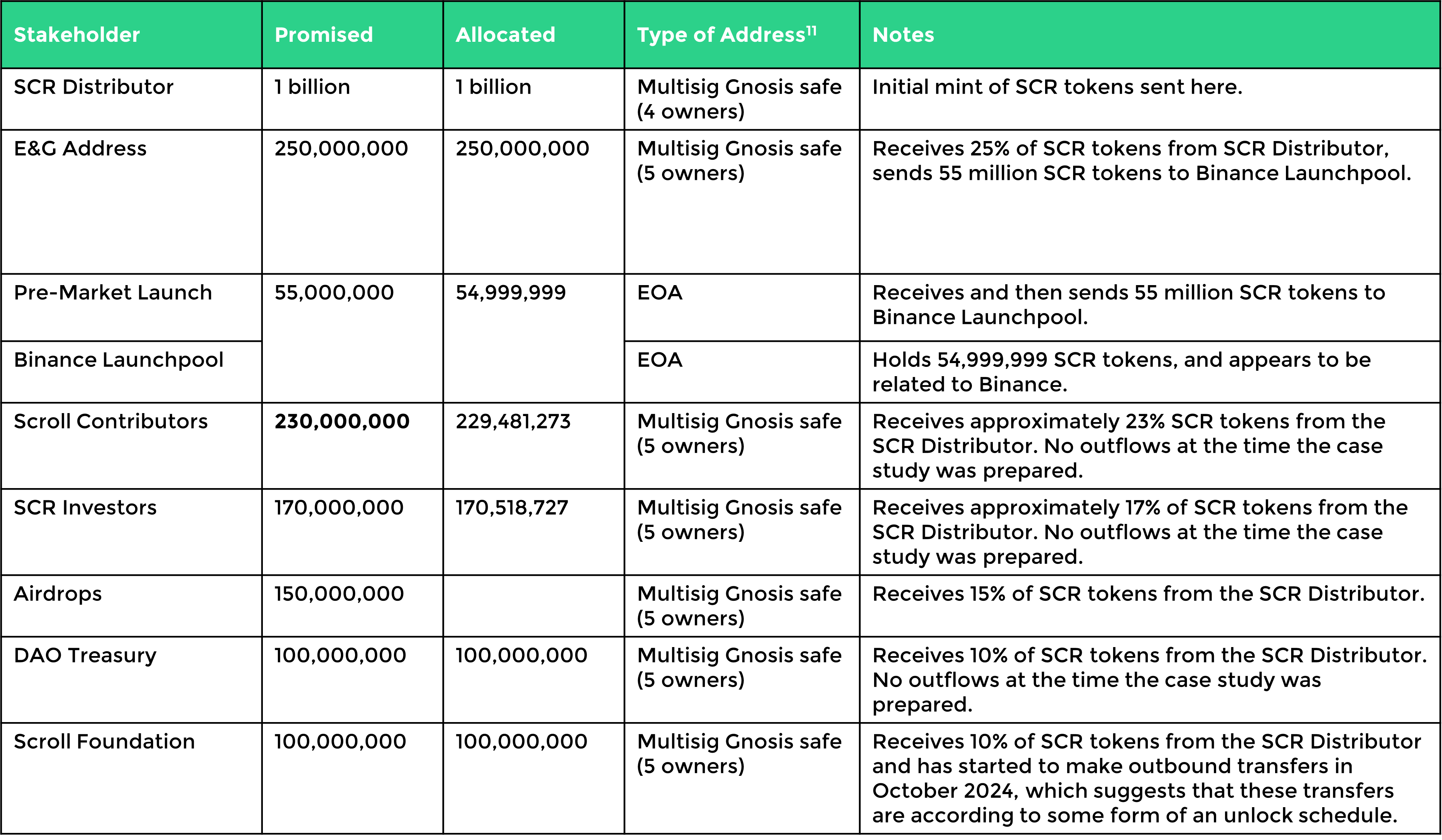
11An EOA or Externally Owned Account is an address where control of the address sits entirely with a private key stored off-chain. The canonical example of such an address is an Ethereum address that is not a smart contract, it is just an address secured by a private key held by some person. An Ethereum multi-signature (multisig) wallet is a type of digital wallet that requires multiple signatures or approvals from designated parties before transactions can be executed. This advanced security feature addresses the vulnerabilities associated with single-user wallets by distributing the authority to authorize transactions among multiple users, typically to prevent fraud or unauthorized access. A Gnosis safe is a popular type of multisig wallet.
Pre-Market Launch and Binance Launchpool are externally-owned accounts or EOAs, which means whoever controls the private keys to those addresses, has total control over the SCR tokens allocated to them.
Every other stakeholder address is a Gnosis safe with almost all these mutlisig wallets requiring 3-of-5 signatures to execute transactions and none of them has been locked using smart contracts.
Overall, there does not appear to be any automatic locking schedule for SCR tokens, and the distribution and allocation process of SCR tokens continues to be manual.
Determining Actual SCR Free Float
To determine the available free float of SCR tokens, a good place to start is using the Scroll blockchain’s explorer to identify the current SCR token holdings.
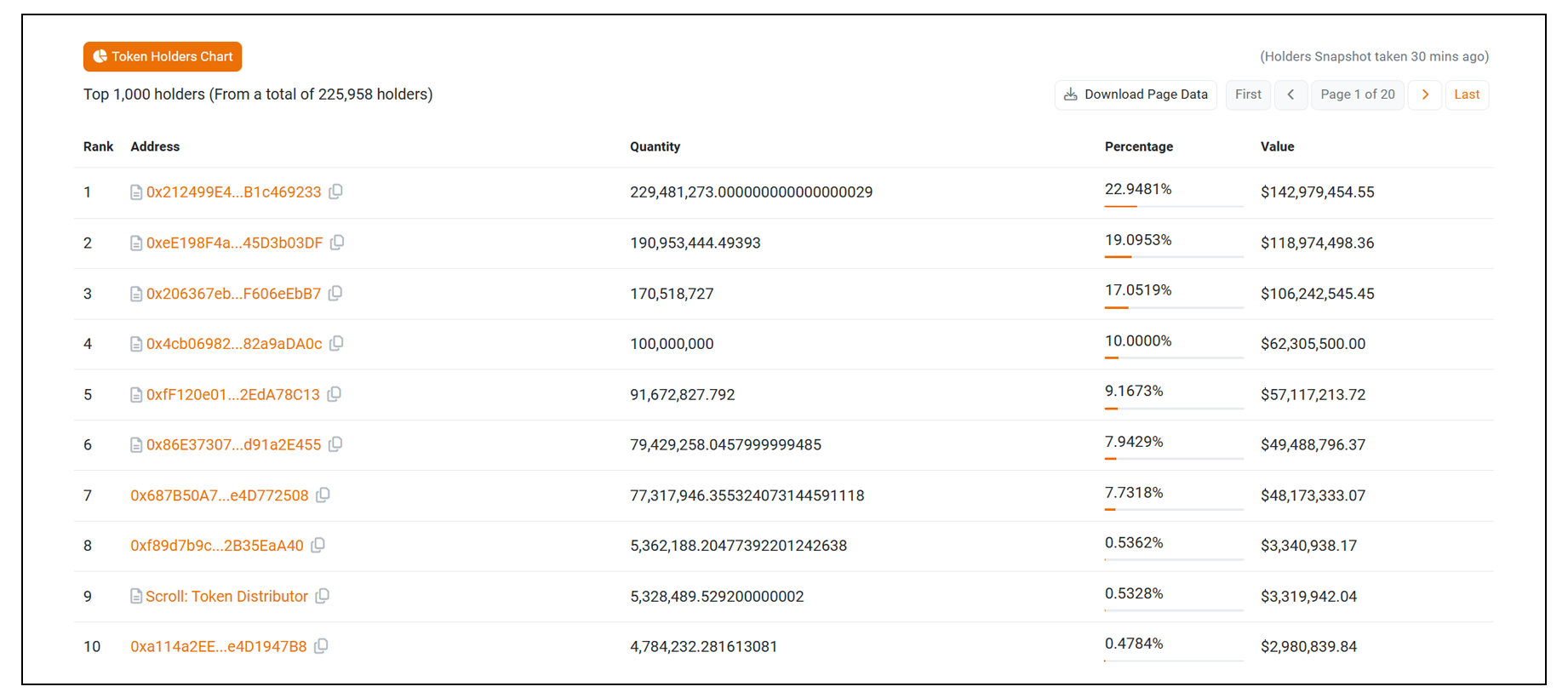
Figure 12. Screenshot for Scrollscan taken at 0600 UTC on November 20, 2024.
Now let’s establish what the actual free float of SCR tokens is based on the current holdings in identified wallet addresses.
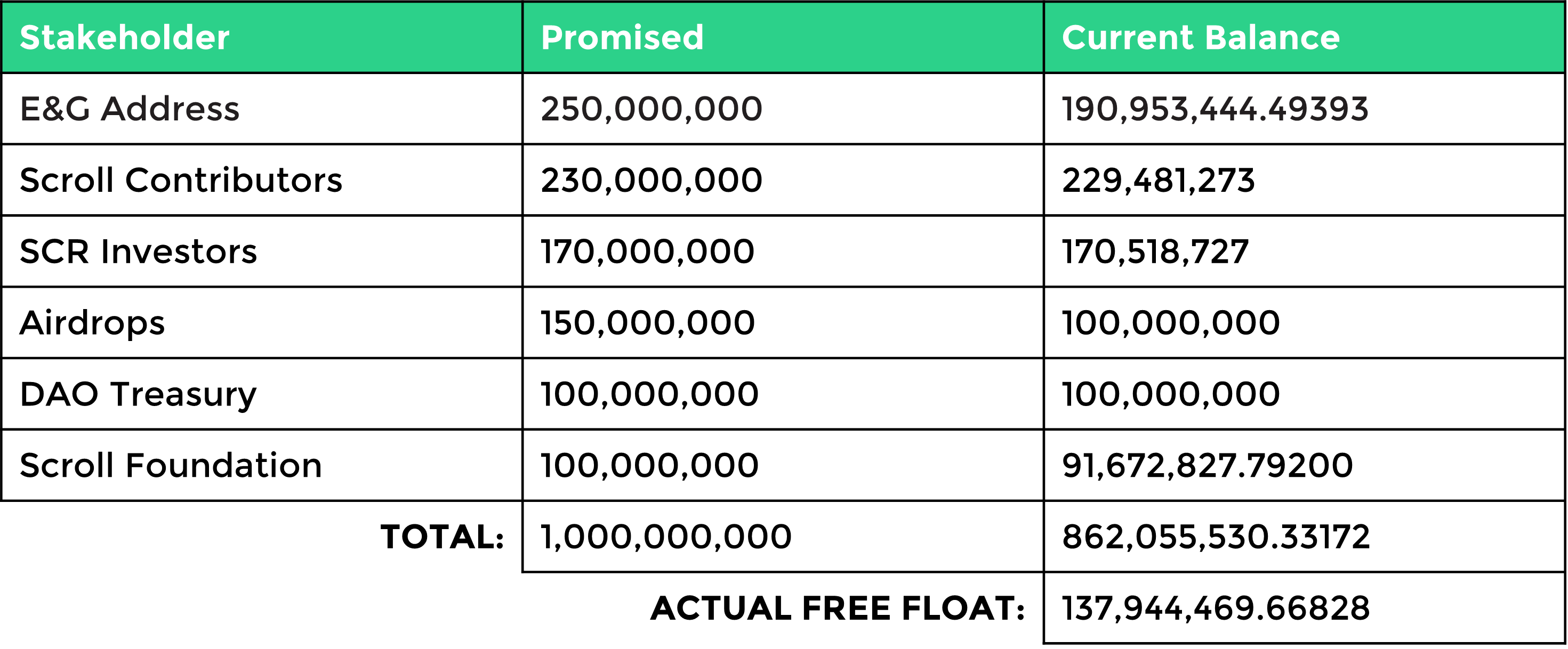
Based on what the various stakeholder wallets were holding at the time this case study was prepared, around 137.9 million SCR tokens constitute the free float.
However, the promised free float was supposed to be 190 million SCR tokens, meaning just over 52 million SCR tokens remain left to be unloaded into the market at the time this case study was prepared:

None of this is to suggest the team behind Scroll has acted inappropriately in any way, but rather to recognize the effect a sudden outflow of SCR tokens from stakeholder wallet addresses has on price.
As you can see from the charts below in Figure 13., the massive outflow of SCR tokens from various multisig addresses controlled by the team behind Scroll on October 24, 2024, coincided with an almost 34% decline in the price of SCR tokens.
A smaller release of SCR tokens on October 30, 2024 coincided with another price decline. The multisigs paused their SCR token release after November 5, 2024, and that saw a gradual improvement in SCR’s token price towards November 11, 2024.

Figure 13. Outflow of SCR tokens from stakeholder wallets and SCR token price overtime.
Analysis and Conclusion
Using ChainArgos’ “Largest Senders and Receivers” of a token dashboard gives a quick overview of the major players of any given token, providing unparalleled insight into a key token metric investors should be monitoring.
With Scroll, the actual SCR token liquidity was less than advertised, meaning there are hidden pockets of SCR tokens available to be released into the market, with its effect on price.
We’ve now identified the two wallet addresses that hold just over 52 million SCR tokens yet to be distributed:

Closely watching these two wallets can help traders and investors determine when a sudden flood of SCR token liquidity could have an impact on SCR’s token price. For instance, if the E&G Address or the Scroll Foundation start sending significant amounts of SCR tokens to centralized or decentralized exchange addresses, it could be associated with selling pressure for SCR tokens.

